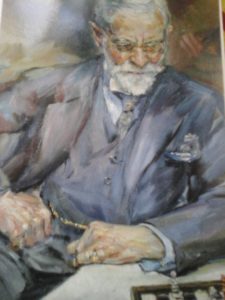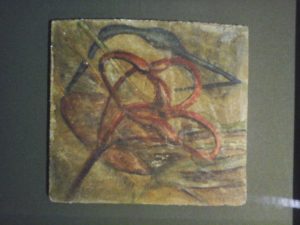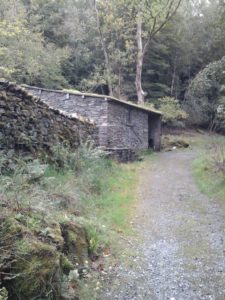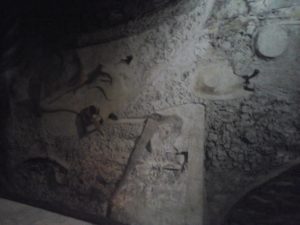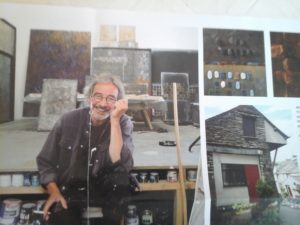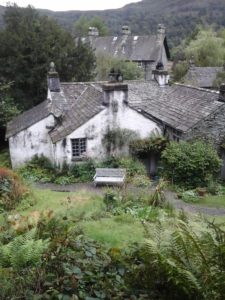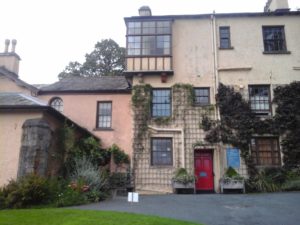Seit ich die email von Russell Mills gelesen habe, fühle ich mich wie in die Fälscherwerkstatt von Beltracchi versetzt. Kein Trost ist, dass ein Kunstkenner wie Werner Spies eingestehen musste, dass er einen gefälschten Max Ernst für einen echten gehalten hatte.
Für mich war der Merzbau von Kurt Schwitters in der Nähe von Ambleside der einzig „Übriggebliebene“, den ich unbedingt sehen wollte. Was habe ich da eigentlich gesehen?
Hi Lajla,
glad to hear that you had a good visit to Ambleside and to the Armitt Museum, and that you discovered much more about Schwitters. If and when you next visit the Lake District I’d strongly advise you to avoid the Cylinders estate at Elterwater and the two charlatans (Ian Hunter and Celia Larne who work under the name the Littoral Arts Trust) that run the site. The so-called Merzbarn contains no work by or evidence of Schwitters‘ time here, despite Littoral’s claims to the contrary. The building itself, no more than a 1940s lean-to shed, has been altered so much since 2006 that there is nothing of its original structure left. Littoral have received in excess of £1 million in grants-much of it public taxpayers money – and the barn is still a near-derelict, damp shed. They cannot explain where all this money has gone. They have persistently distorted Schwitters´ legacy in the Lake District with outright lies about his time here, designed to get publicity, sympathy and ultimately more bailouts. Because of Littoral’s appalling behaviour and mismanagement of the site, the Arts Council, the Tate, the MoMa NY, the Hatton Gallery in New Castle, the Armitt, and Abbot Hall Gallery in Kendal all refuse to have anything to do with them. If you wish to learn more read various texts and letters on my website …
All best wishes
Russ
Es war früher Abend, als ich rausfuhr, um mir den Merzbau anzusehen. Der Busfahrer ließ mich vor dem grossen eisernen Tor aussteigen und meinte: „I pick you up in 30 minutes.“ Ich öffnete die schwere Eisentür und ging ein Stück am Wald entlang. Ich sah auf dem Weg Skulpuren, Collagen, die ich Kunststudenten zuordnete. In dem Stall/barn fasste ich die Figuren von Schwitters an und wunderte mich, dass sie nicht aus Stein waren, sondern ich fühlte einen harten Stoff. Plane? Ich wusste, dass Schwitters damals schon sehr krank war und nur noch stundenweise dort arbeiten konnte. Auf dem Rückweg zum grossen Eisentor sprachen mich – out of the blue – zwei elegante ältere Damen an, ob ich denn die Ausstellung gesehen hätte. Ich verneinte und machte klar, dass ich nur wegen Kurt Schwitters hier wäre. Ich war schon am Tor, als die Eine zu schimpfen anfing, wie ich überhaupt hierher gekommen sei. „By bus!“
Dieses Gemälde hängt in dem kleinen Museum in Ambleside. Schwitters hatte seinen Arzt gemalt. Der ist echt.
